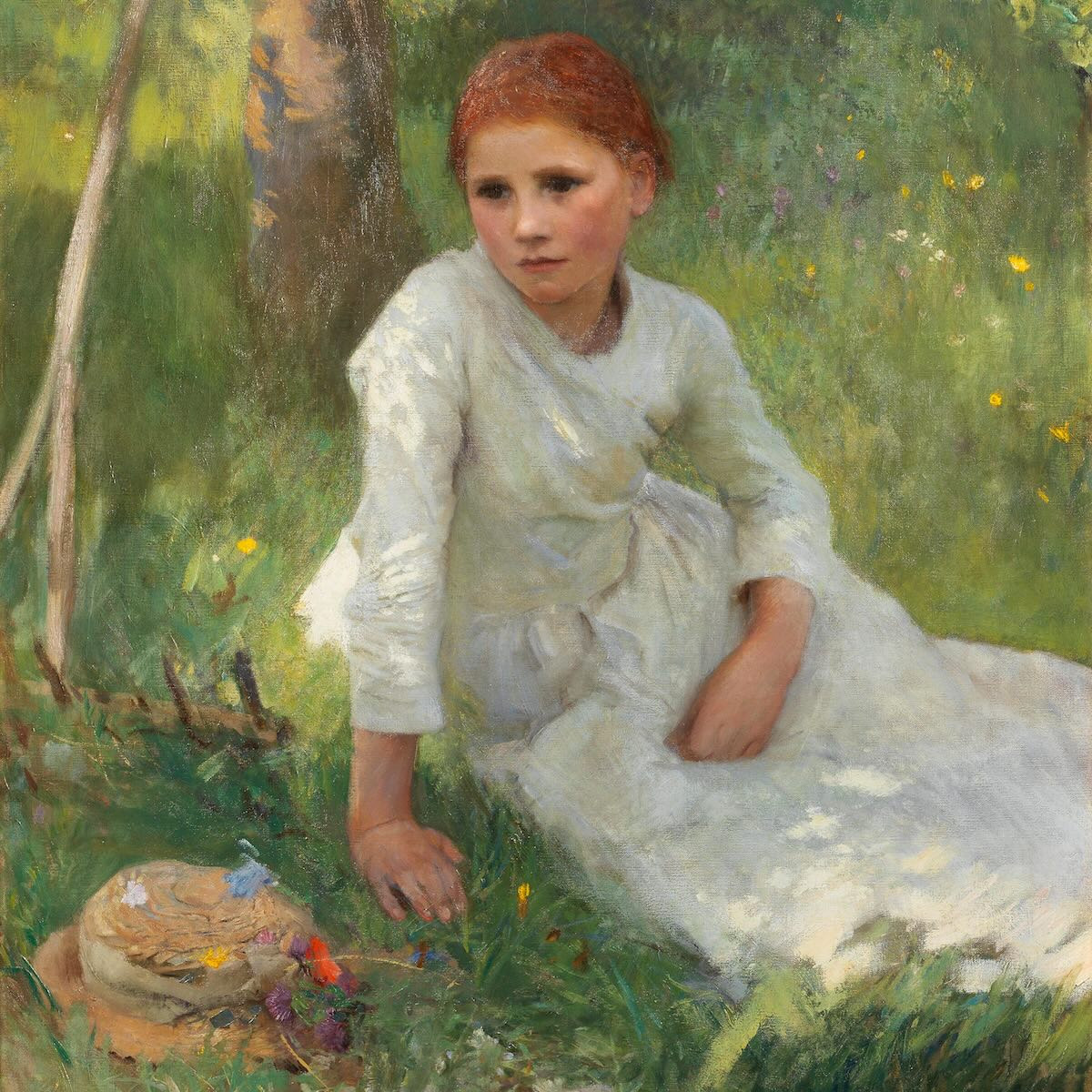
Silas Marner
George Eliot
Year
1861
1524
1110
1510
975
690
1313
682
1069
870
2012
2530
826
957
1662
153
1887
1358
450
1197
276
424
330
Description
"Silas Marner," written by George Eliot and first published in 1861, is a deeply moving novel that explores themes of redemption, community, and the transformative power of love. The story is set in the rural village of Raveloe and follows the life of Silas Marner, a reclusive and bitter weaver who is estranged from society after being falsely accused of theft in his former community. Silas relocates to Raveloe, where he leads a solitary life, finding solace only in his work and the accumulation of gold. His life takes a dramatic turn when his hoard of gold is stolen, plunging him into despair. However, fate intervenes when a young orphaned girl, Eppie, wanders into his home. Silas decides to adopt and raise her, and this act of kindness marks the beginning of his transformation. Through his relationship with Eppie, Silas gradually reconnects with the villagers of Raveloe, finding a sense of belonging and purpose that he had long been missing. Eliot's portrayal of this transformation is both poignant and profound, highlighting the redemptive power of unconditional love and community support. The novel also delves into the contrasting lives of the wealthy Cass family, particularly Godfrey Cass, whose hidden secrets and moral dilemmas intersect with Silas's story. Eliot's rich characterization and detailed depiction of rural life provide a vivid backdrop for exploring broader social and moral themes. "Silas Marner" is celebrated for its moral depth and its exploration of the human capacity for change and resilience. The novel's blend of realism and symbolic narrative makes it a timeless reflection on the power of love to heal and transform. Step into the world of "Silas Marner" and experience George Eliot's masterful exploration of redemption and the human spirit. This novel offers a compelling narrative of loss, love, and renewal, making it a classic tale that continues to resonate with readers.
